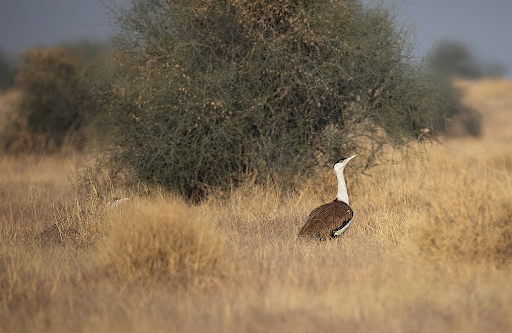




Source: PHYS.ORG
Disclaimer: Copyright infringement not intended.
A team of conservationists, zoologists and veterinary medicine specialists has successfully used artificial insemination to breed wild endangered parrots in New Zealand.
The Kakapo is a large, flightless, nocturnal parrot endemic to New Zealand.
Known for its distinct owl-like face, green plumage and musky odor the Kakapo is one of the rarest and most endangered birds in the world.
|
Attribute |
Details |
|
Scientific Name |
Strigops habroptilus |
|
Common Name |
Owl Parrot |
|
Status |
Critically Endangered (IUCN Red List) |
|
Lifespan |
Up to 90 years |
|
Habitat |
Native forests of New Zealand (islands) |
|
Flight capability |
Flightless, uses wings for balance |
|
Diet |
Herbivorous – seeds, fruits, leaves, bark |
|
Breeding |
Lek breeding system, low reproductive rate |
Ecological Importance
Acts as a seed disperser in its native habitat.
A keystone species for the forest ecosystems of New Zealand.
Evolutionary Uniqueness
Only flightless and nocturnal parrot in the world.
Sole surviving species of the genus Strigops and tribe Strigopini (ancient parrot lineage).
Biodiversity Indicator
Reflects the ecological health of New Zealand's forest systems.
|
Category |
Threats |
|
Habitat Loss |
Deforestation, land-use changes post-human colonization |
|
Introduced Predators |
Cats, rats and stoats introduced by European settlers |
|
Low Reproduction |
Mating only during mast years; infrequent and irregular |
|
Genetic Bottleneck |
Only ~250 individuals alive, leading to inbreeding and health issues |
Kakapo Recovery Programme (New Zealand)
Started in 1995 under the New Zealand Department of Conservation.
Focus areas: Translocation to predator-free islands, artificial insemination, genetic management, intensive monitoring.
Use of radio transmitters and data science to track movements and health.
Predator-Free Islands
Kakapos are now confined to islands like Codfish Island / Whenua Hou, Anchor Island and Little Barrier Island to keep them safe from predators.
Technological Interventions
Use of AI and machine learning e.g., in egg fertility detection.
Genome sequencing to manage genetic diversity.
Sources:
|
PRACTICE QUESTION Q. Which of the following features distinguish the Kakapo from most other parrots?
A. 1 and 2 only Answer: B Explanation: Kakapo is flightless, nocturnal and has a distinct musky smell for territorial marking. It does not mimic human speech extensively like some other parrots |






© 2026 iasgyan. All right reserved